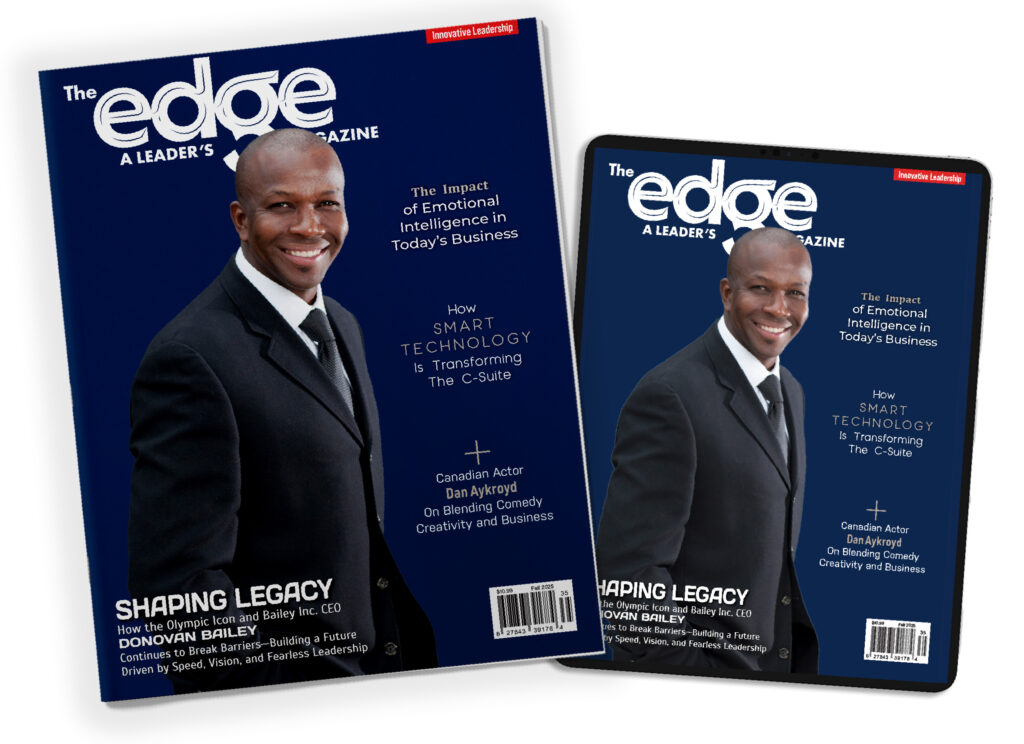Leading is hard. Especially when you are leading a large or multi-disciplinary team. So, how do effective leaders communicate so all team members are informed and motivated?
Rapport and Connection
You need to be able to meet your employees where they’re at. This means being available in multiple ways, and using communication channels that employees prefer. You should be able to talk in person, over the phone, via email, or messaging services such as Slack. Allowing employees to use the channels they feel most comfortable with, builds trust with them. It also allows for more efficient communication, as employees won’t have to track you down to ask you a simple question that could have been asked via email.
Building rapport also means being prepared when speaking to people, walk into every conversation with an understanding of why the conversation is happening, and what needs to be discussed. You also need to have confidence in your leadership and affirm conversations with action. Your ability to communicate is only as good as your ability to follow through.
Body Language
Make sure your body language matches the tone of the conversation. Be sure to have an open and relaxed demeanor and give space to breathe. Your facial expression should also match the tone of the conversation.
Transparency
Effective leaders are open and honest with their team. This doesn’t mean that they overshare, but rather they understand that authenticity is important to garnering respect from their team. Effective leaders also understand that keeping people on a need-to-know basis isolates teams and halts teamwork, it’s hard to feel motivated about the success of a company when you feel you are being kept in the dark.
When employees are not properly informed of what’s going on within a company, it breeds grounds for gossip and misinformation, as team members will be getting information from other sources rather than directly from you.
Get to the Point!
What is it that you’re actually trying to say? Can you summarize it in one to two sentences? You’ll lose people’s attention very quickly if all conversation consists of meandering ramble, over complicated explanations, and unnecessary technical jargon.
Being succinct and clear not only keeps team members engaged in discussions but demonstrates that you understand what you’re talking about. People often hide their lack of knowledge behind a lot of filler words.
When speaking, be clear, use plain language, and structure your thoughts, points, and expectations in an organized manner. Start with the purpose of the conversation or task, lay out the steps that need to be taken, and then leave room for questions.
Awareness
Those who are best at communication understand the importance of knowing their audience and reading the room. This shows that you have empathy towards the other people involved in the conversation, and you can tailor your discussion, so everyone understands. This again links back to meeting people where they’re at. Everyone has different listening and learning styles, so it’s important to understand which ones work best for your team members.
Also, leaders need to be aware of cultural and social differences. Some team members may believe that eye contact is key in leadership, while others may see eye contact as intimidating or aggressive. Also, use inclusive vocabulary so as not alienate those from diverse backgrounds.
Listening and Feedback
The best communicators are also the best listeners. Learn to listen to others without interrupting them or dismissing their ideas. Use active listening skills and keep an open mind. You will never be able to build rapport with someone who doesn’t feel heard and supported by you.
All Feedback given should be specific and actionable and focus on behaviours and performance.
When asking for feedback, the key is in how you ask your questions. Ask pointed questions or prompts that people will be able to answer. For example, asking “how can we improve communication within our organization?” is not nearly as effective as “would you be in favour of implementing a new messaging service such as Slack? Why or why not?” These kinds of questions can also lead to broader discussion that would help answer how to improve communication within the organization.
Lauren Schwartz | Staff Writer



















